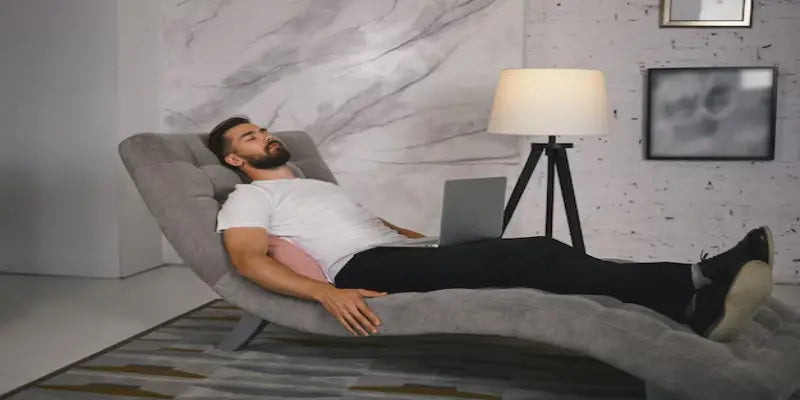
Poor Postures that Can Cause Shoulder Pain
Shoulder pain is not as casual or uncommon as you think. Studies indicate that the incidence of shoulder pain varies between 7.7-62 per year for every 1,000 persons (37.8 is the median average). Yet, many of us keep complaining of recurring shoulder pain without getting to the root cause of the issue- poor posture. In fact, poor posture is an issue that affects us not only when we go about our daily tasks, but also while we sleep.
So, how do you fix shoulder pain once and for all? This guide looks at some of the poor postures that lead to shoulder pain along with effective solutions like memory foam pillows and posture-correction tips. Read on!
Postures to Avoid for Shoulder Pain
Understanding the root cause is the first step towards a solution. There are several postures that are avoidable, since they may lead to recurrent shoulder pain.
They include:
Rounded Shoulders-
This posture indicates a hunching-forward of the shoulders and curved upper back. It leads to huge strain on not just the shoulders, but also the upper back muscles and neck, leading to tightness, discomfort, and pain. Rounded shoulders can also lead to chest compression and breathing difficulties in the long run.
Forward Head-
It involves putting the head in front of the shoulders rather than staying in balance. It may put extra strain on the shoulders, joints, and neck, leading to headaches, stiffness, and pain.
Hunchback-
The upper back is rounded excessively in this posture, leading to a hunched position that leads to long-term pain in the neck and upper back muscles.
Slouching-
If you lean excessively forward, then the shoulders and upper back get stressed. It results from poor ergonomics at the workstation or extended sitting durations along with weaker abdomen and back muscles. It leads to shoulder, back, and neck pain along with putting pressure on the spinal discs.
Anterior Pelvic Tilt-
Picture tilting your pelvis excessively forward, with your lower back curving inwards. This may also lead to pain in the hips, lower back, and shoulders.
Half Lying Down and Sitting-
Many of us often rest on the bed in this position, thereby putting extra pressure on the spine. It may also result in swelling and pain in the shoulders and lower back.
Sleeping on the Front-
This best position pulls the shoulders to the forward stance, leading to instability, pain, and rotator cuff issues.
Sleeping on the Stomach-
Your body adopts the W position in this case, which also turns your neck to one side. It may lead to higher strain on the shoulder muscles.
Posture Correction & Pain Relief Tips
Now that you know the postures to avoid, here are some additional tips to help you relieve pain and correct your posture in the long run.
- Perform regular exercises that focus on strengthening your upper back, chest, abdominal, and neck muscles.
- Stretch regularly and maintain suitable alignment of the head and neck. Tight muscles may lead to poor balance and posture. Stretching goes a long way towards relieving soreness and muscle tension.
- Check your office workstation for proper positioning. You may have to adjust your chair and desk height, while checking the placement of the computer and other accessories.
- Wear the right footwear for greater support, including cushioned shoes that have proper arch support features. This helps distribute body weight evenly and eventually improves alignment and balance.
- Keep switching sitting positions as often as you can. Alternate between slightly leaning back, forward sitting poses, and sitting upright.
- Also maintain proper posture at the workplace, keeping your monitor at the eye level and the back straight. Your arms should be close to your body, with the shoulders relaxed. Take regular breaks to stretch, stand up, and prevent slouching/hunching.
- Get a good cervical memory foam pillow for adequate head and neck support while sleeping. You can opt for a memory foam contour cervical pillow that cushions all pressure points and adjusts to your body shape for added comfort and excellent sleep quality. This will help you keep bad posture away while sleeping, thereby reducing the chances of shoulder and neck pain considerably.
Conclusion
Right from investing in a good memory foam pillow to stretching regularly, there are several ways in which you can improve your posture in the long run. This will help you avoid recurring and uncomfortable shoulder pain and stiffness, thereby enhancing your mood, productivity, and overall wellbeing.








